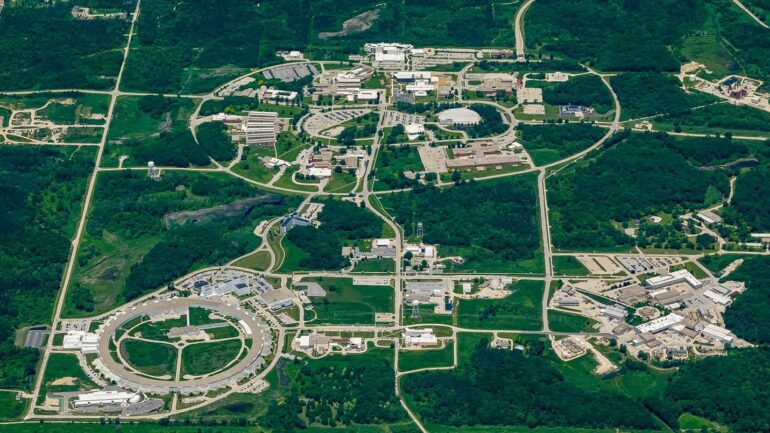TL;DR:
- Argonne National Laboratory pioneers the fusion of nuclear technology and machine learning for sodium-cooled fast reactors (SFR).
- A cutting-edge machine learning system continuously monitors coolant purity in SFR, enhancing safety and efficiency.
- Sensor data analysis includes fluid temperatures, pressures, and flow rates, ensuring safe reactor operation.
- Tests at the Mechanisms Engineering Test Loop (METL) facility demonstrate rapid issue identification in a loss-of-coolant scenario.
- Ongoing research aims to reduce false alarms by refining the system’s ability to differentiate between genuine problems and sensor errors.
- The incorporation of precise timing and location data enhances issue identification accuracy.
- This synergy between nuclear technology and machine learning promises to revolutionize clean energy production.
- U.S. Department of Energy support highlights the potential of AI and nuclear tech collaboration.
Main AI News:
In the pursuit of sustainable and efficient power generation, scientists at the renowned Argonne National Laboratory have embarked on a transformative journey, harnessing the fusion of nuclear technology and machine learning. Their pioneering work focuses on sodium-cooled fast reactors (SFR) and promises to redefine the landscape of clean energy production while tackling the critical issue of waste reduction.
The cornerstone of this groundbreaking endeavor is a state-of-the-art machine learning system, meticulously developed by the laboratory’s experts. This system is designed to vigilantly monitor and maintain the purity of the coolant within SFR, a task that is crucial for the safe and efficient operation of these advanced reactors.
Continuous analysis of sensor data is the linchpin of this innovation. Essential variables such as fluid temperatures, pressures, and flow rates are continuously recorded, ensuring that the reactor operates within the bounds of safety. Tests conducted at the Mechanisms Engineering Test Loop (METL) facility have demonstrated the remarkable capabilities of this system. In a simulated loss-of-coolant anomaly, the model swiftly pinpointed the issue within a mere three minutes, cementing its position as a robust safety mechanism.
However, the journey toward perfection never truly ends. Ongoing research endeavors are laser-focused on refining the machine learning system. The goal is to enhance its ability to differentiate between genuine problems and sensor errors, thereby reducing false alarms. By incorporating the precise timing and location of sensor data, this model aims to elevate its accuracy in identifying issues accurately.
This marriage of nuclear technology and machine learning is not just about bolstering the performance of advanced reactors; it’s about ushering in a new era of cleaner and more efficient energy production. The implications are profound, as this advancement underscores the pivotal role that machine learning plays in shaping a greener future for our planet.
The support received from the U.S. Department of Energy is a testament to the dedication and vision of these scientists. It reinforces the potential that emerges when artificial intelligence and nuclear technology collaborate, propelling us closer to a cleaner and more sustainable energy landscape. The synergy between these two realms promises to revolutionize clean energy, marking a significant step toward a brighter and more sustainable future.
Conclusion:
The convergence of nuclear technology and machine learning presents a game-changing opportunity for the energy market. Enhanced safety, efficiency, and reduced waste in sodium-cooled fast reactors herald a future of cleaner and more sustainable energy production. This collaboration signifies a significant step toward a greener energy landscape, offering promising prospects for market growth and innovation.

